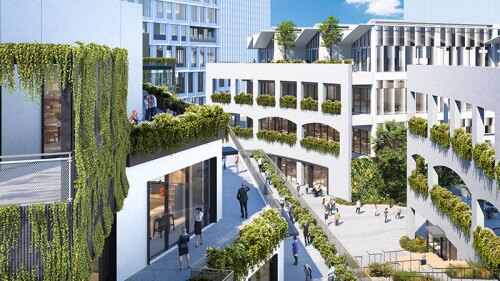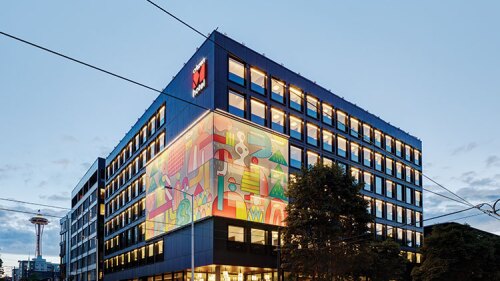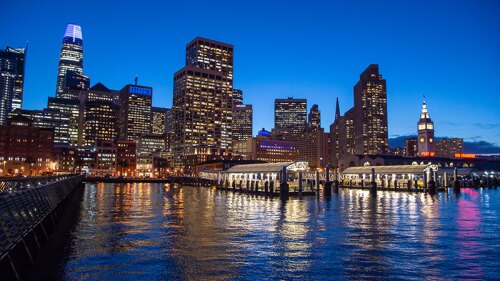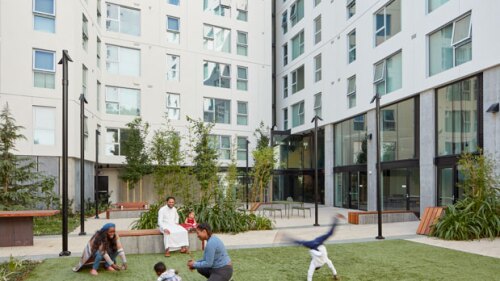San Francisco
San Francisco can create a more commercially vibrant and socially inclusive downtown that attracts a diverse range of industries and employers, advances housing attainability, and promotes stronger leadership, according to findings released by ULI.
While some big-box retail stores are closing, some developers are eyeing opportunities with retail-to-life science conversions or additions.
These 10 hotels embody environmental sensitivity plus energy and water efficiency.
BREEAM, the sustainability assessment method developed by BRE Global (‘BRE’), has announced that Mountain Technology Center—MetLife Investment Management’s development featuring five state-of-the-art manufacturing warehouses in Tracy, California—is the first U.S. development to earn BREEAM International New Construction (‘INC’) certification.
Three San Francisco developers discuss focusing on “what would work” in order to create the city’s Mission Bay mixed-use development, during the WLI session at the 2020 ULI Virtual Fall Meeting
ULI MEMBER–ONLY CONTENT: The Port of San Francisco’s 20-year, multibillion-dollar vision for the waterfront is designed to be adaptable to rising sea levels far into the future.
Registration is open for the 2020 ULI Virtual Fall Meeting, being held October 13–15. An ambitious program is being offered, including tours and networking opportunities that will be facilitated online.
Public subsidies, persistence, and innovative design decisions helped create homes for some of the poorest residents of San Francisco.
Two ULI members, working with ULI Terwilliger Center staff, have written an essay on the developer’s role in cultivating inclusive, equitable mixed-income communities.
Longtime ULI leader Douglas D. Abbey, chairman of Swift Real Estate Partners in San Francisco, has been named chairman of the ULI Foundation. Abbey, whose membership with ULI spans 37 years, began his term as Foundation chairman July 1.





